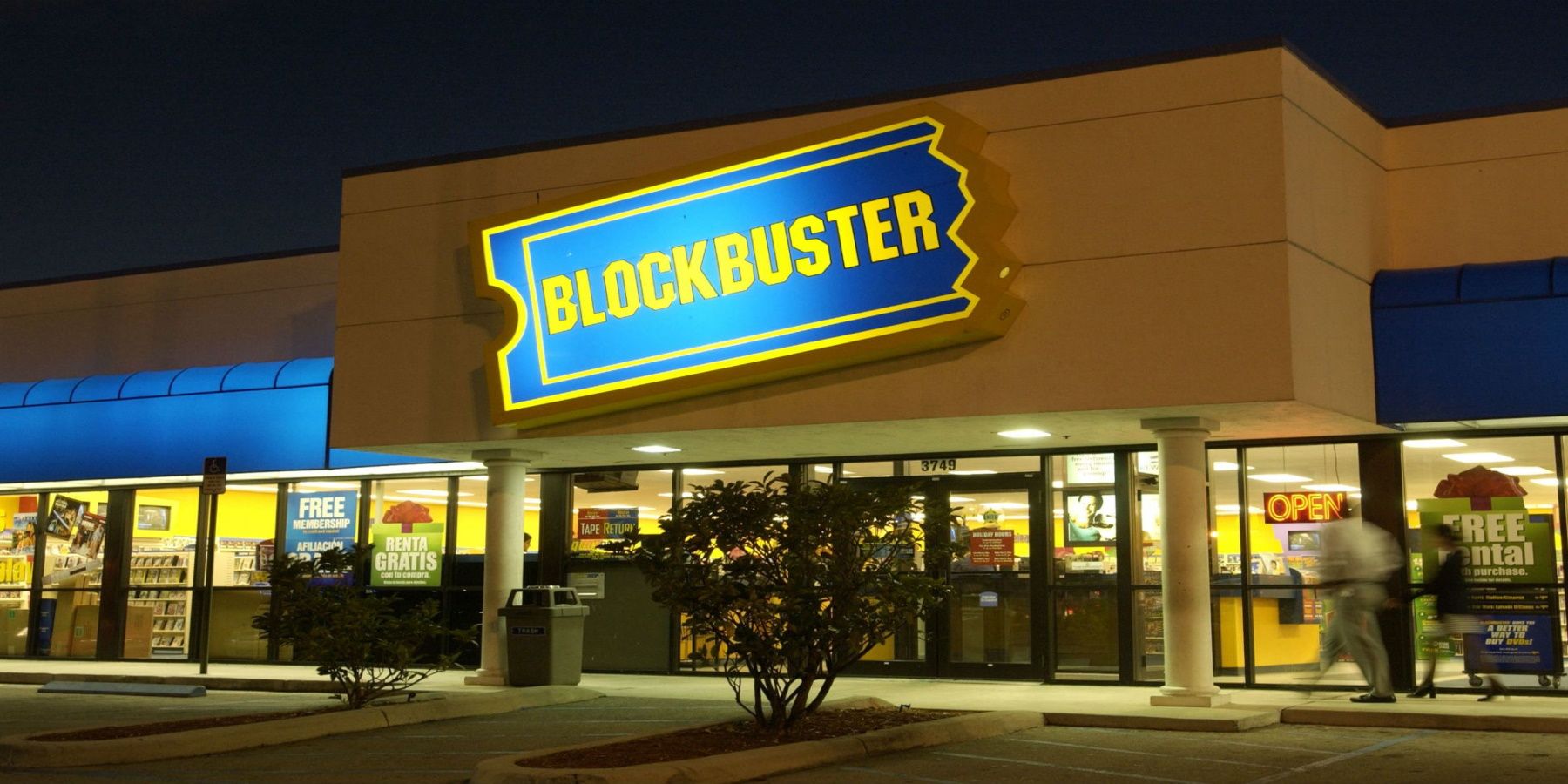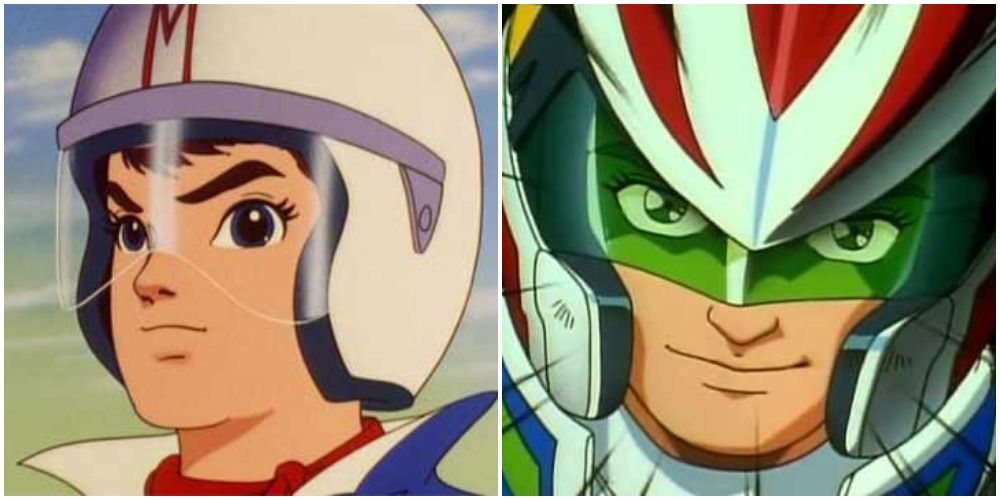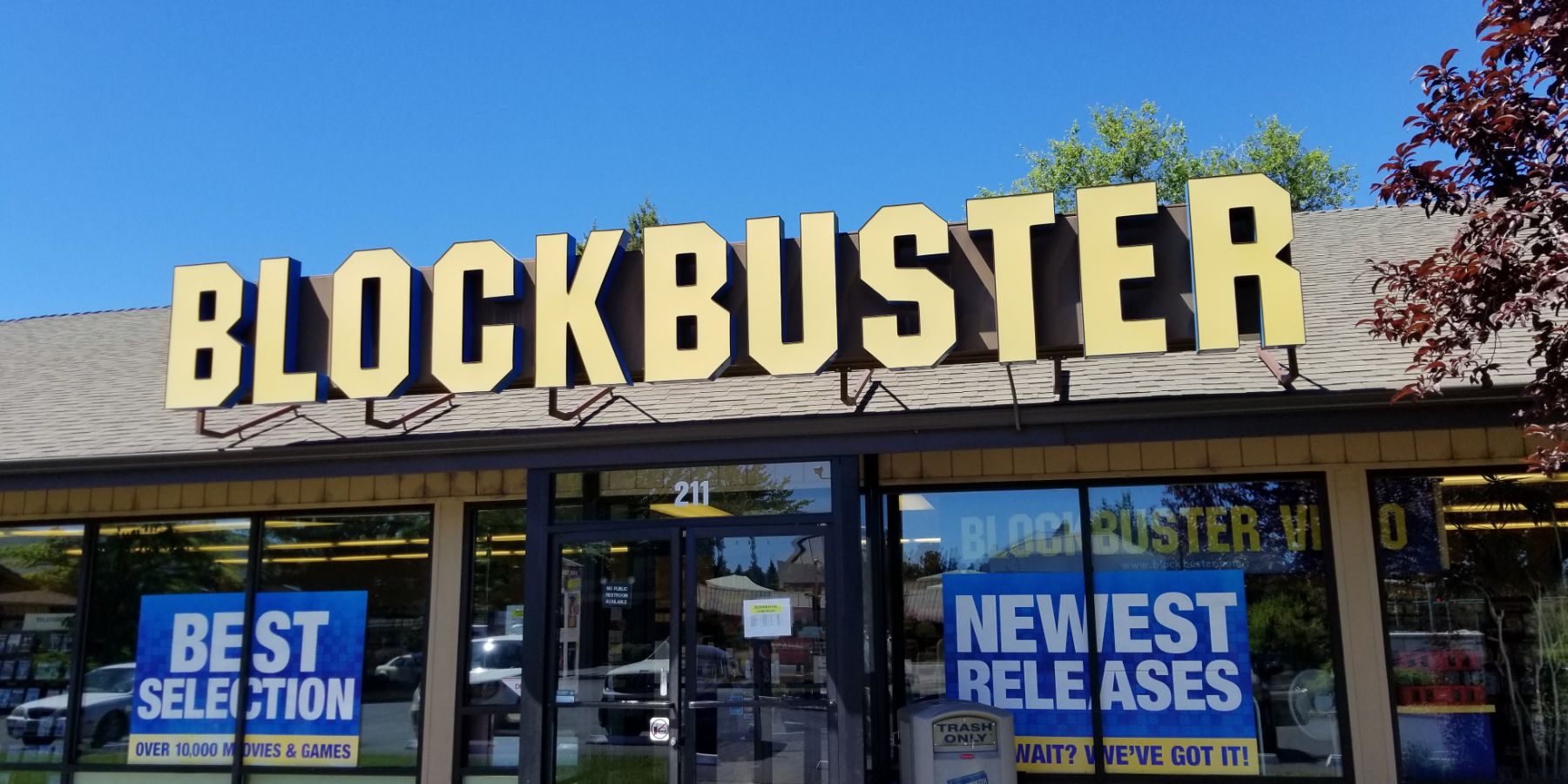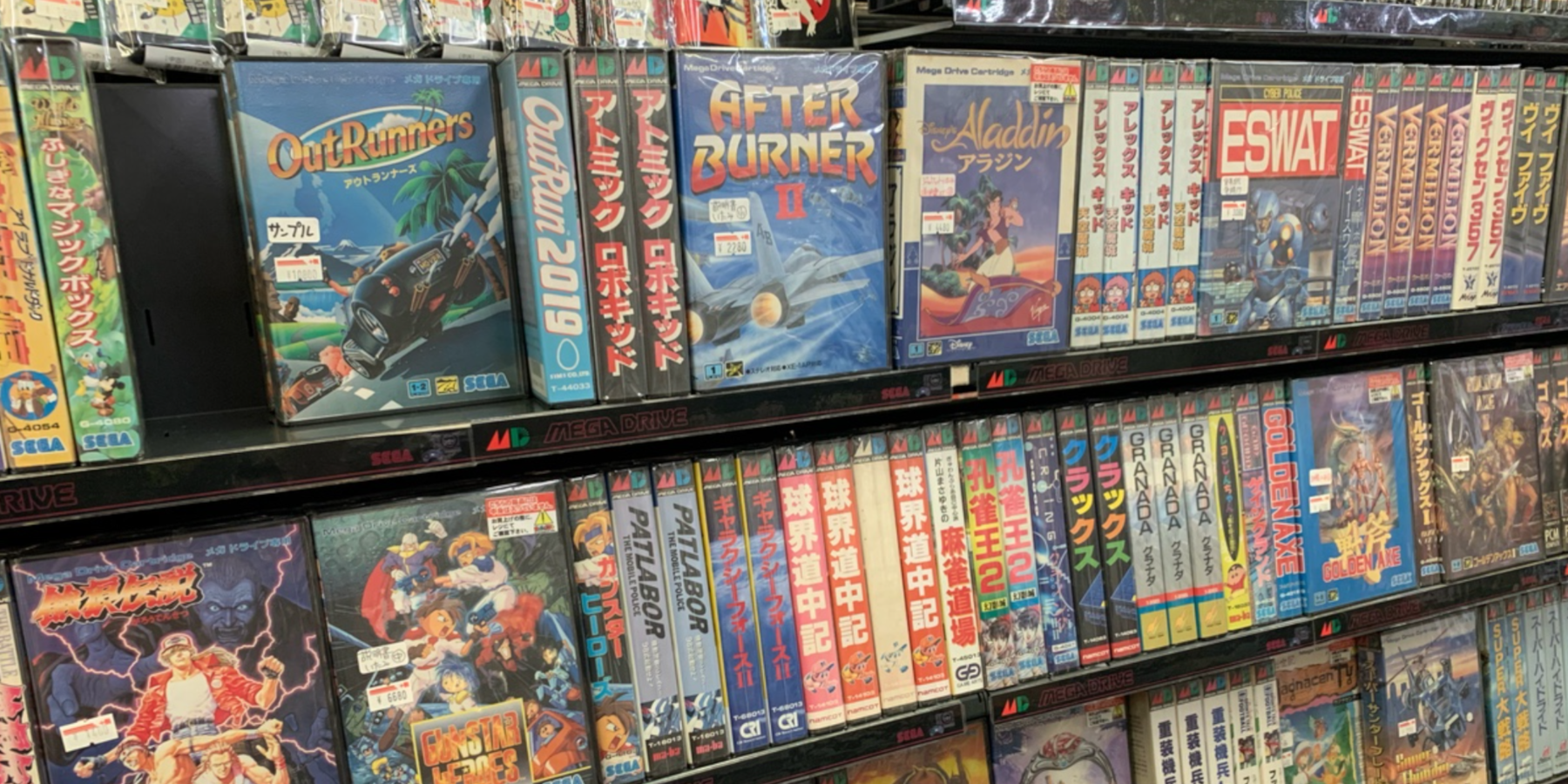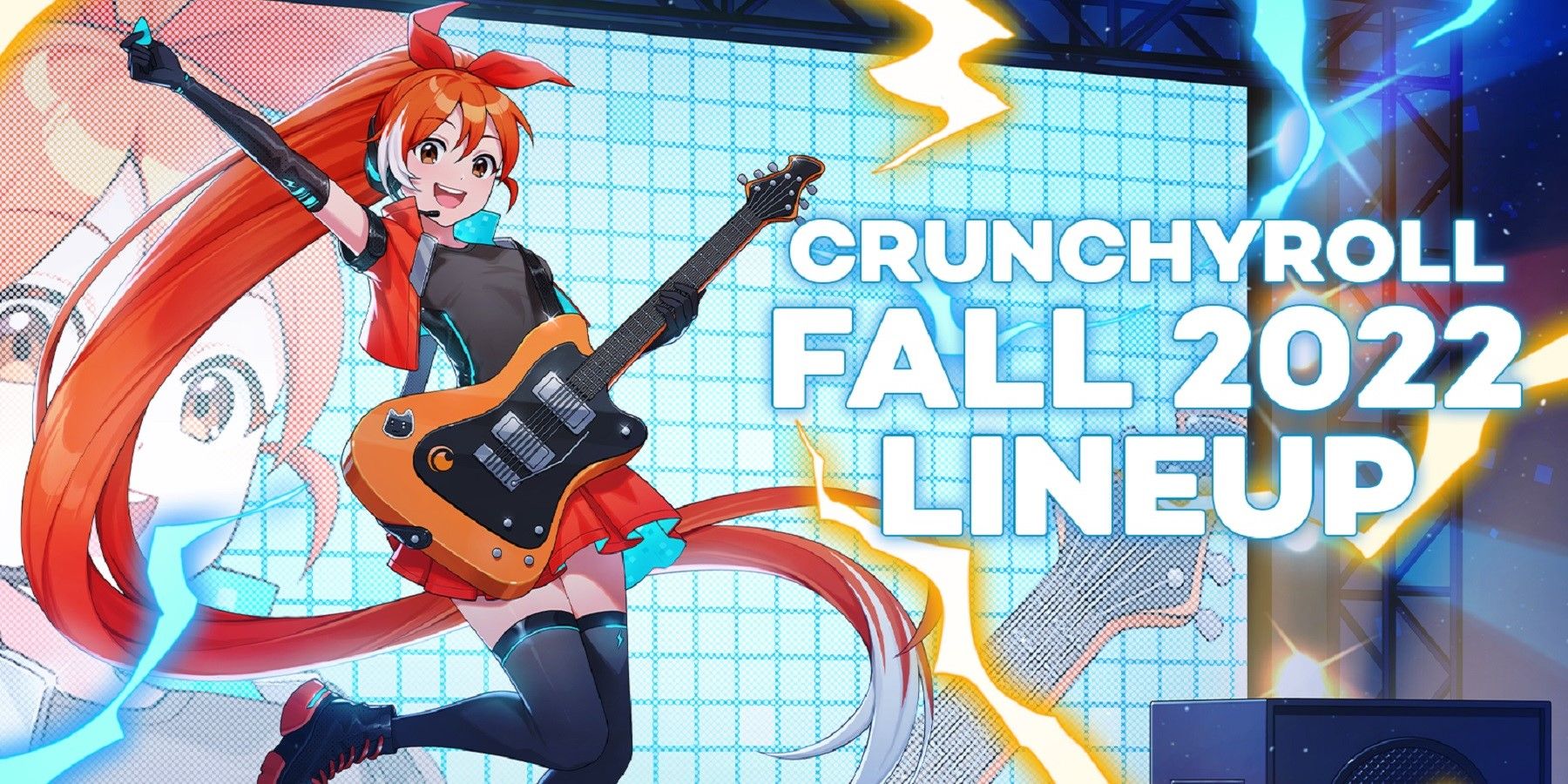It’s pretty easy to watch your favorite anime these days. Apart from certain shows being unavailable due to licensing issues, for the most part, your favorite anime series and movies are just a click of a button away from being viewed. Crunchyroll is the biggest place where most readers likely watch their anime, seeing as how they have the largest selection on the internet. They’re not the only game in town though. Netflix has ramped up its game with a slew of anime productions (with the promise of more in the coming years).
Smaller apps like HiDive and Retro Crush also provide fans with a unique slate of offerings. Those who want to buy anime digitally can do so through Amazon, VUDU, and Xbox. For those who like physical media, Right Stuf International and Best Buy still provide fans with the ability to own shiny discs for their home library. Did you know though that there was a time not long ago when none of this existed? Where there was no Crunchyroll to stream anime from nor even a Netflix to have DVDs mailed to you? That there was a time when there was only one way to rent anime and when the hobby looked much, MUCH different than it does today?
Anime in the 80s and Early 90s
For those who complain about not having enough anime to watch these days, let’s go back to the 80s, when anime was a rare sight to behold. During these days there was no Crunchyroll or Netflix. There weren’t even streaming services. Everything you watched had to be on TV or in a movie theater. As a result, anime was EXTREMELY rare. While reruns of Speed Racer and the Americanized Macross (called Robotech for those unaware) could be found on TV, outside of some adaptations of Hans Christian Anderson stories on local UHF channels, the whole ‘anime scene’ was non-existent.
It was around this time that some underground video labels like Streamline Pictures and Viz were starting to discover what kind of animation was being produced in Japan, and they took it upon themselves to start bringing it over. It was also around this time that the VHS format was starting to catch on, and studios were starting to sell their movies to people on home video. These companies decided they could bypass the traditional TV networks and sell these unique “adult cartoons” straight to consumers. It was also during this time that another company took notice of the fledging VHS market, and they would grab onto it in a VERY big way.
Blockbuster Enters the Market
Blockbuster Video was a business that bought a bunch of VHS tapes and rented them out to customers. They knew that while there were some people who were happy to build a home library of tapes, they also knew there would be a percentage of people who wanted to just watch a movie once and pay a fraction of the price for the privilege. While the ‘New Releases’ section was the centerpiece for all the stores, they did have different category sections if you came by more often and were looking for more specific titles.
This meant they also had specialty sections for more obscure genres. This included Sports, Documentary, Horror, and (you guessed it) Anime. For the first time ever, if you wanted to discover anime, you could do so at Blockbuster. What would you find though and what was it like renting these VHS tapes?
The Limited Anime Selection at Blockbuster
Because of the very limited reach anime had in the late 80s and early 90s, most Blockbusters typically dedicated one shelf to anime. Each shelf roughly had five rows. Each row typically had six tapes. This meant the average Blockbuster carried 30 titles. If the store had two shelves, they would carry about 60 titles. What’s more, since Blockbuster was a chain of stores and usually not run by local managers, the same titles tended to pop up in stores across the nation. M.D. Geist (considered one of the worst anime ever made) tended to ALWAYS be there along with its sequel M.D. Geist II.
Akira was another title that could frequently be found at Blockbuster. Small anime studios had a complicated relationship with Blockbuster, as while the company was willing to buy OVAs like Final Fantasy: Legend of the Crystals, these titles could be rented and finished instead of bought by consumers, which is why many of these studios advertised titles that Blockbuster was not likely to purchase heavily on these tapes. Arguably the companies that made out like bandits with Blockbuster were Pioneer and Viz, whose Tenchi the Movie and random Ranma ½ tapes could frequently be found on rental shelves.
These were self-contained stories, so Blockbuster had no issue buying them, but it also meant renters could seek out the rest of the series at Suncoast and Sam Goody and purchase additional tapes there. Occasionally some stand-alone movies would wind up in the International section, but for the most part, if you wanted anime you went to the Anime section. If you wanted more family-friendly options, the Family section would also have random episodes of Sailor Moon, Dragon Ball, and Hayao Miyazaki’s My Neighbor Totoro for rent.You could never rent the whole series, but the first couple of episodes were usually provided along with some random episodes, and then it was up to you to look up your local TV show times to watch the rest (or purchase them).
Oh, and lest we forget, you could rent these titles for five days before you had to bring the tape back. If you brought it back late (and forgot to rewind it) there would be late fees tacked onto your bill, so whatever you decided to bring home had to be something you were truly interested in watching.
An Ideal Way to Watch Anime?
If you’re wondering whether this was the ideal way to watch anime the answer is…no, not at all. With a limited selection that rarely added titles, Blockbuster was a place to get a taste of what anime was like before you were on your own to buy titles you were interested in from a video store. Compared to today where for $10 a month you have thousands of titles at your fingertips, entire series you can binge, and fall lineups to look forward to, you may be feeling sorry that there was a generation of anime fans who had to watch anime this way. While it is true that it was more difficult to watch anime back then, it was also exciting to discover these shows.
Before Blockbuster all fans could do was find anime on TV, which was extremely rare. Small as the sections may have been, Blockbuster Video (and later Hollywood Video) provided many viewers with their first taste of what anime was like. So, while the system is archaic, and we have much better ways to watch our favorite hobby now, it’s good to remember that anime wasn’t always as mainstream as it is today and that if not for places like Blockbuster we might not have Netflix or Crunchyroll as we know it these days. As Walt Disney once said about his first Mickey Mouse cartoon, “perhaps it was crude, but it was a start.” Blockbuster may have been limited, but it was the start of much bigger things to come. For those wanting to experience this bygone method of anime consumership, there is still ONE Blockbuster left in Bend, Oregon.

